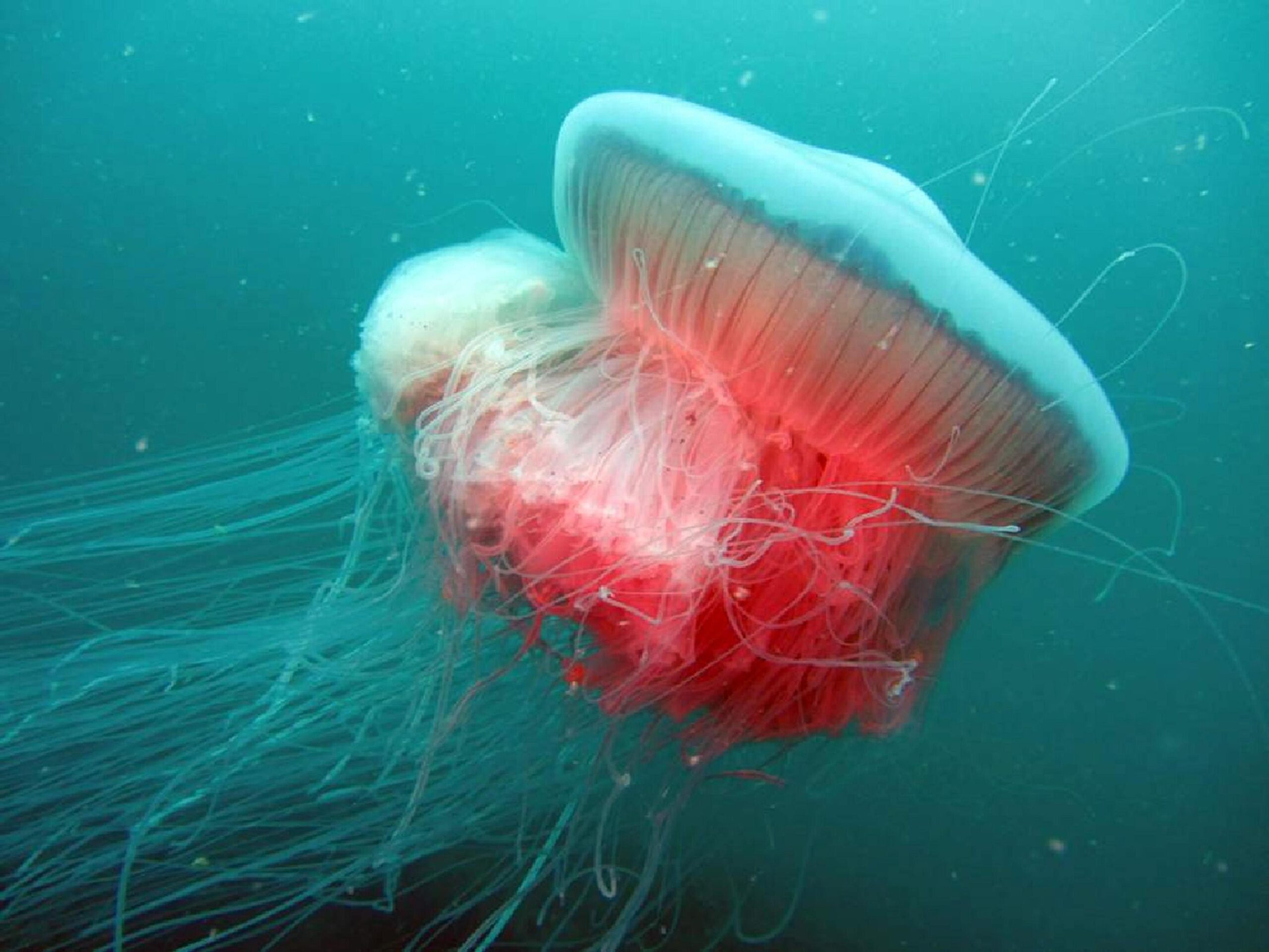The sting of a jellyfish is an inflammatory skin reaction caused by accidental contact with its tentacles. These tentacles release urticant substances that result in irritation such as pain, redness, itching, and swelling. In the areas where we live, jellyfish stings are usually mild and can be relieved with simple remedies. However, in rarer cases, serious complications like allergic reactions or anaphylactic shock can occur, which can endanger the life of the affected person rapidly. In such situations, prompt intervention is crucial.

Diagnosis:
Typically, consulting a doctor isn’t essential for diagnosing a jellyfish sting, but taking prompt action is crucial.
Treatment:
In treating jellyfish stings, carefully follow these first aid instructions:
- Gently remove visible tentacles using fine tweezers or, alternatively, a credit card. Apply slight pressure to eliminate secretions, avoiding rubbing or scratching the skin. Subsequently, thoroughly rinse the affected area with seawater.
- Immerse the affected area in warm water, maintaining a temperature around 43-45°C, for a duration of 20-45 minutes or until the pain subsides.
- Apply a 0.5% – 1% hydrocortisone cream or ointment twice daily to the affected area.
Actions to Avoid:
Certain actions are ineffective or lack demonstrated benefits. It’s advisable not to:
– Scratch the stings.
– Use human urine or cold water for rinsing.
– Apply methods like using a meat tenderizer, alcohol, ethanol, or ammonia.
– Rub with a towel or apply pressure bandages.
Necessary Medical Treatment:
For severe reactions or specific situations, seeking medical treatment is necessary. These scenarios include:
– Severe reactions that require cardiopulmonary resuscitation (CPR) or life support.
– Stings from particularly venomous jellyfish that may require antivenom, although such cases are rare in climates similar to ours.
– Delayed skin reactions that can be treated with oral antihistamines or corticosteroids.
– In the case of a sting near the eyes, it’s advisable to immediately consult a doctor to wash the eye and manage pain.
In summary, most jellyfish stings can be managed by following the outlined procedures. However, in severe or specific situations, it’s always preferable to consult a medical professional.
Some genuinely nice and utilitarian information on this website , also I believe the design and style holds wonderful features.